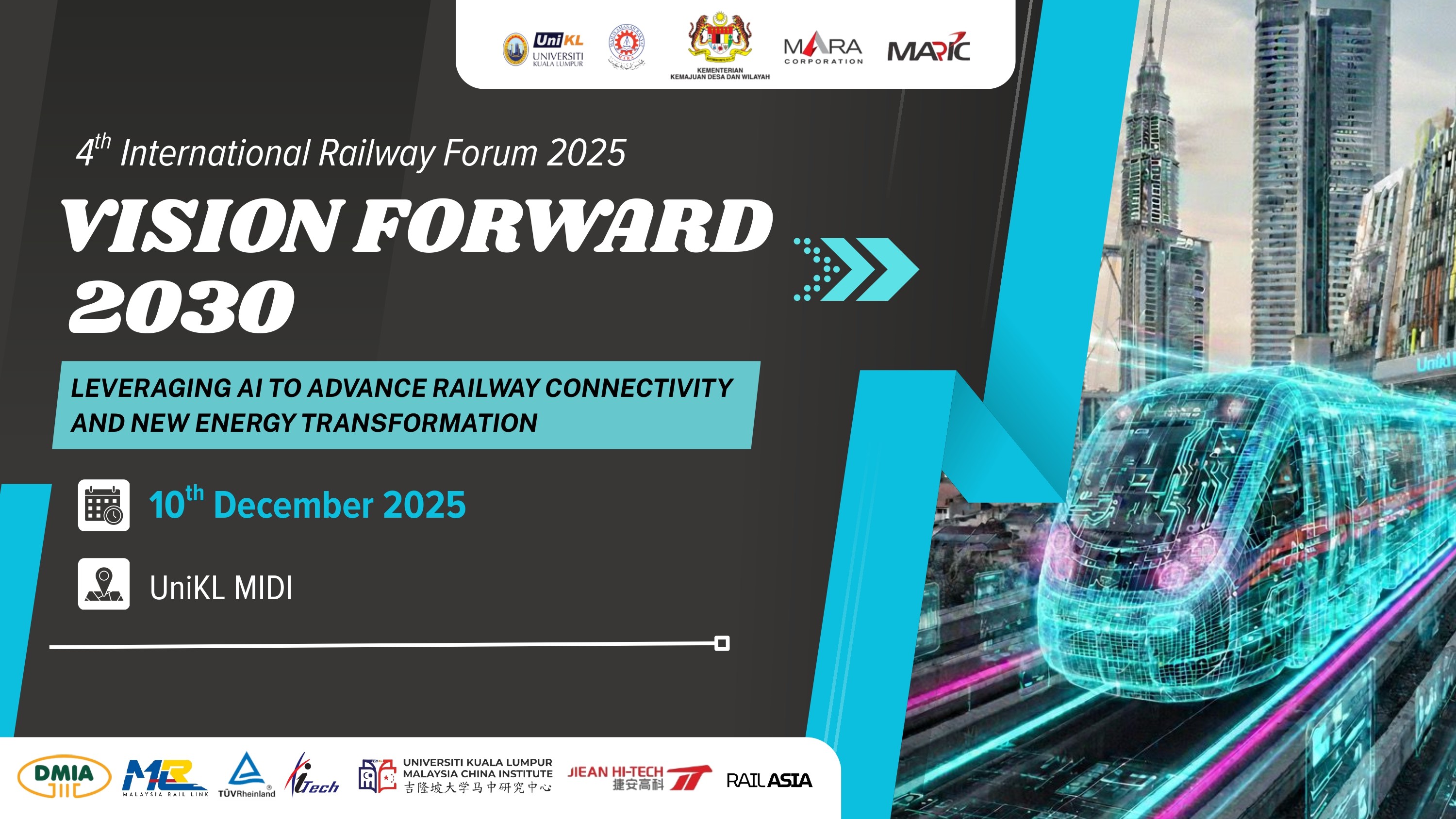Jul 24, 2025
China Advances Energy-Harvesting Tech for Rail Freight
In a major leap toward sustainable rail transport, researchers in China have developed a hybrid energy-harvesting system that powers monitoring sensors on freight trains using wind and rail vibrations. The breakthrough aims to reduce reliance on traditional energy sources and improve the efficiency of rail freight operations.
The innovation, led by scientists from Beijing Jiaotong University collaborating with other research institutions, was recently detailed in the journal Energy Reports (Elsevier, June 2025). The newly developed system integrates miniature wind turbines and vibration harvesters to supply a stable power source to onboard sensors—even under fluctuating environmental conditions.
Traditionally, powering sensors for freight train monitoring has been challenging due to the lack of consistent external power sources. Sole reliance on wind energy often proved insufficient, especially at lower train speeds or less windy regions. The hybrid model addresses this gap by coupling wind and vibration energy converters with a control unit and energy storage, ensuring a consistent power supply.
According to the published research, the system’s wind harvester achieved a peak output of 40.87 milliwatts, while the vibration module produced up to 26.21 milliwatts. The energy module reached full charge in 20 hours using wind and 45 hours using vibration alone. These figures indicate sufficient power generation for continuously operating low-energy monitoring devices. “This marks a significant step toward energy-autonomous freight rail operations,” the researchers wrote. “The integration of natural energy harvesting aligns with environmental goals and intelligent transport systems development.”

The new system supports real-time monitoring of temperature, pressure, and other critical conditions on freight trains without requiring manual battery replacement or hardwired power connections. This not only enhances safety and efficiency but also reduces long-term maintenance costs.

The development reflects China’s broader push for greener and smarter transportation infrastructure. It aligns with global initiatives by organisations such as the International Union of Railways (UIC) and the International Energy Agency (IEA) to promote clean energy adoption in the rail sector.
As the rail industry seeks more cost-effective and eco-friendly solutions, this hybrid energy-harvesting technology may inspire further adoption across international freight networks.
Source: “A hybrid energy harvesting system based on wind and vibration for railway monitoring,” Energy Reports, Elsevier, June 2025.
Related Post
Latest Post
Subscribe Us
Get Subscribe To Our Latest News & Update













